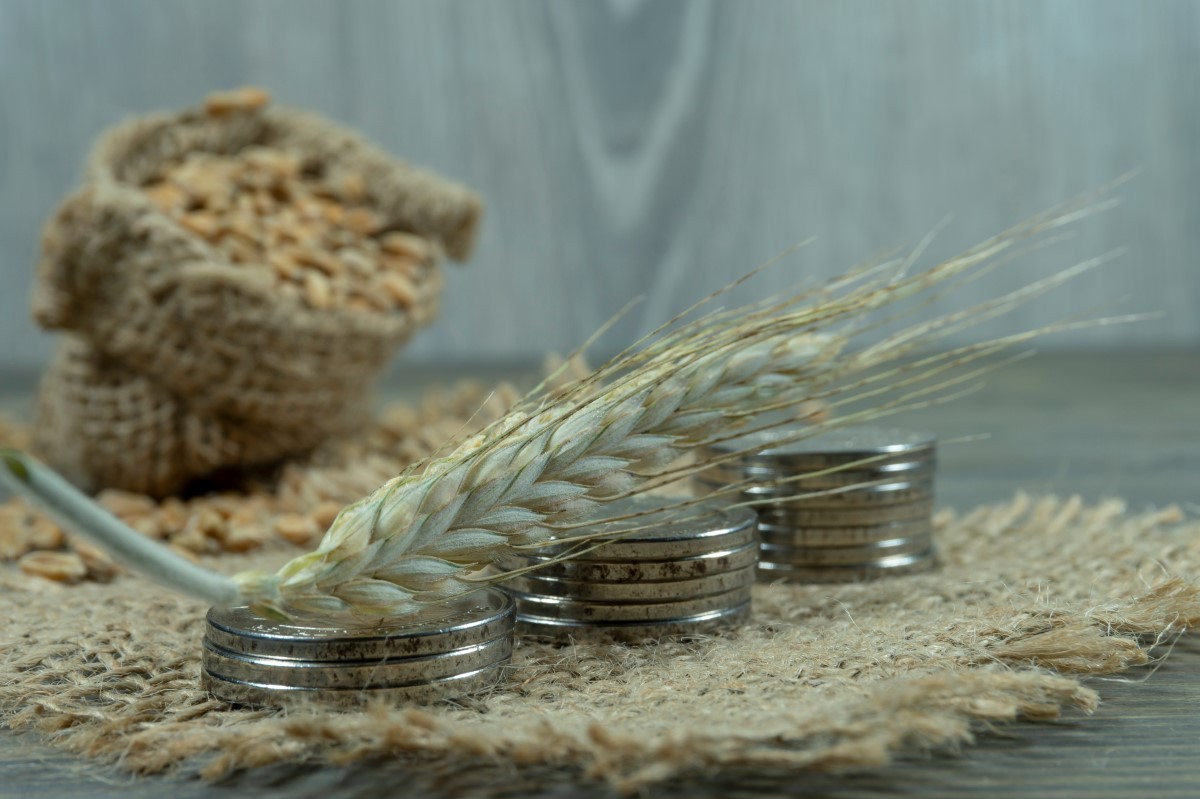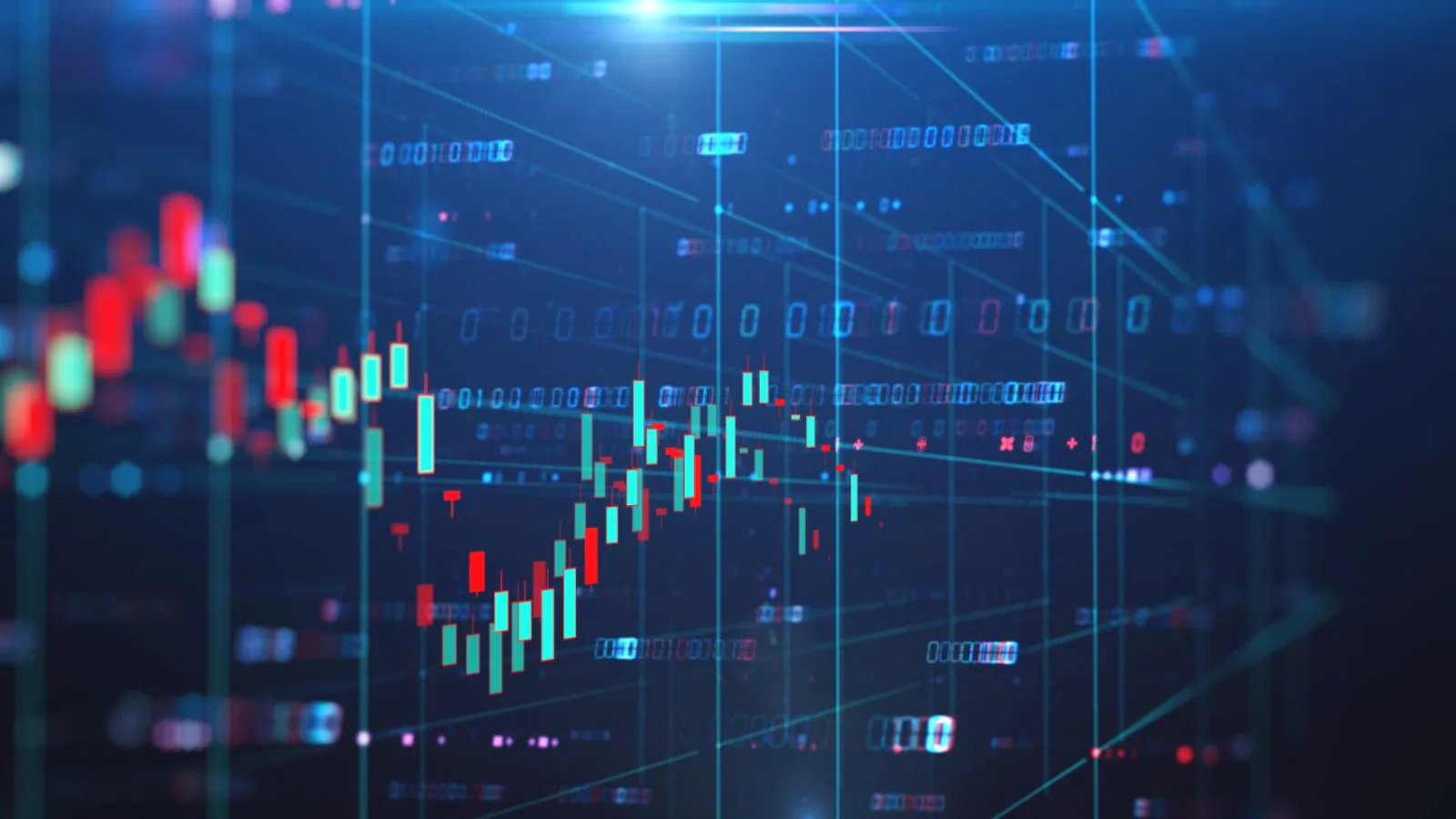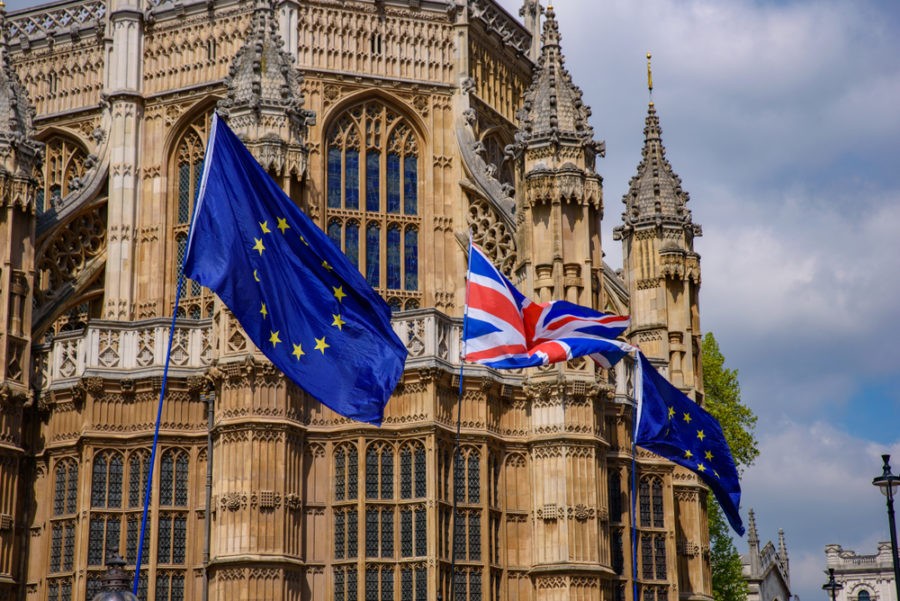The euro was steady on Thursday. The traders are waiting to see what measures the European Central Bank will employ to fight the coronavirus’s impact on the economy. The U.S. and Britain have already made emergency rate cuts to boost the markets.
The euro was flat at $1.1260 in Asian trade, its lowest point in a week so far. Until now, it has soared on expectations of further rate cuts in the U.S.
Investors speculate that the ECB will cut its main deposit rate by ten basis points. However, the rates are already falling by 0.5% nearing a record-low. Further cuts could hurt bank margins.
Meanwhile, U.S. President Donald Trump stated that he would address economics and healthcare in his comments. After he downplayed the risks from coronavirus, experts are waiting for the new announcement.
Sterling, on the other hand, sat at $1.2815 at last. The currency experienced insignificant losses after the Bank of England made a surprise half-a-percentage-point rate cut along with a $39 billion government stimulus package.
Head of FX strategy at NAB, Ray Attrill, noted that even if the ECB wheel out a cocktail of lower rates, that’s not going to inspire much confidence that the eurozone economy is going to escape recession. He hopes that the investors will have something more tangible on the fiscal side sooner rather than later.
What about the dollar and Asian currencies?
The U.S. dollar gained against commodity currencies. Before that, it lowered sharply after the World Health Organization described the outbreak as a pandemic. It caused panic among investors. While trying to combat the virus impacts, Australia announced it would pump 11 billion Aussies in fiscal stimulus into its economy by June.
However, the Australian and New Zealand dollars each lowered by about 0.2%. The Aussie and the kiwi last bought $0.6471 and $0.6257, relatively. The Japanese yen was a bit firmer at 104.47 per dollar.









COMMENTS